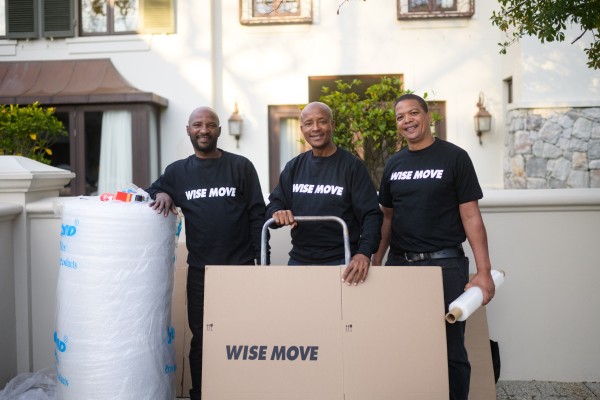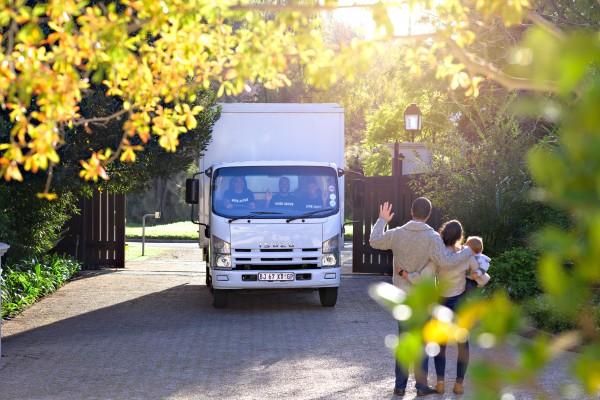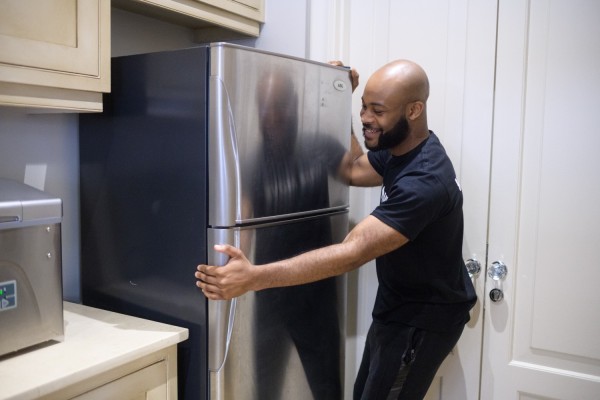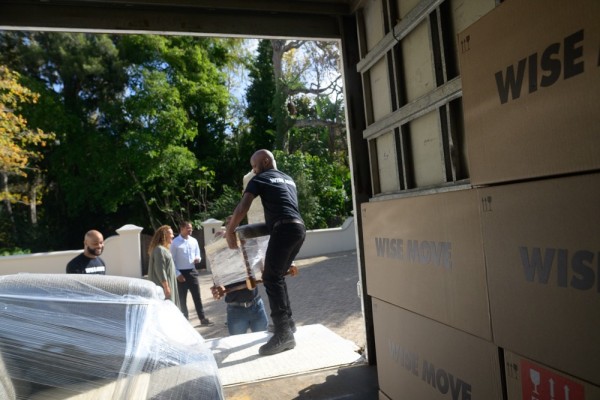How to Move a Heavy Safe


Safes are heavy for one reason and one reason only — they should not be moved! Ok, to clarify, they should not be moved by a thief. South Africans know this all too well.
So, for that reason, moving a safe to a new location is a tricky process, and we’d highly recommend not attempting to move an excessively large safe on your own. I’ve tried moving a fridge and even that can get complicated.
But when it comes time to move the safe to another room or out of your property, sometimes it just needs to be done.
Whether you have a safe at home for personal belongings, such as firearms, or use it as a cash safe at work that needs to be moved to other premises, or maybe you’re buying a second-hand safe on Junk Mail — getting it safely from A to B is important.
In this article, we’ll look at the safety measures, best practices and not-so-DIY ways to ensure you, your staff or friends, and your vehicle reach where your safe needs to be in one piece!
Safety List for Moving a Heavy Safe
As you can imagine, when an object is created to be heavy and difficult to move, safety is critical. Rather than direct you on how to move it, let’s go through a quick safety checklist.
When moving any object or item as heavy as a safe, it is essential to keep safety as a top priority. The most famous victim of neglecting to heed safe safety was Jack Daniels, who kicked his own safe out of frustration which resulted in the injury that would eventually claim his life.
Before attempting to leverage the safe onto a trolley, do a quick risk assessment. This will give you a better understanding of whether or not to call in the experts immediately.
Red flags will include:
-
- Your house or building has old wooden floorboards.
- The doorways are too narrow.
- The safe is too heavy to rock back and forth.
If you inherited a safe heavy safe that will cause issues with old floorboards, it might be best to sell it with the property.
A heavy safe that’s too narrow for a doorway will also be an automatic issue and mean that it will need to stay behind. And the last issue of a safe being too cumbersome is also a good indication of leaving it behind.
But if you’re confident that you’ll be able to move it. It’s time to prepare the safe for the move.
Get Your Safe Ready to Be Moved
If you’re convinced you can move the safe safely, it’s time to prepare it to be moved.
The first step is to empty it completely. While it’s unlikely this lessens the weight, transporting an item that hasn’t been unpacked is never a good idea. This is down to the fact that it increases the likeliness of something becoming broken.
Once the safe is emptied, make sure to wrap it in a blanket to ensure that when it does bump into items, it doesn’t break them.
We’d strongly recommend padding your safe well.
Now comes the tricky part, moving the safe.
Moving the Safe
 When moving a heavy safe, you’ll need to ensure that your equipment is heavy-duty. We suggest renting a heavy-duty trolley, as the usual lightweight option will snap.
When moving a heavy safe, you’ll need to ensure that your equipment is heavy-duty. We suggest renting a heavy-duty trolley, as the usual lightweight option will snap.
Also, be aware when loading a heavy weight onto a robust trolley, the extreme weight can transform the trolley into a catapult. Make sure to lower the safe on the trolley when it is flat on the ground and ask for assistance when leveraging it up.
But, before leveraging the safe up, make sure to secure it to the trolley with heavy-duty straps. If your trolley experiences an uneven surface, it can slide off, causing real damage.
Always ensure that you have someone to assist with moving the safe on the trolley. An extra person can help provide some extra pushing power and assist with keeping the safe on the trolley.
Now that you have the safe on the trolley and it is securely tied down with an assistant on hand, you’re nearly ready to move it.
But before moving it, make sure that you have cleared a pathway out of the home and planned how to tackle certain obstacles.
Make sure that it can fit through doorways on the trolley (the trolley will most likely be wider), that you have a plan for how to move it downstairs and a rest spot along the route to the moving vehicle.
Other areas that can cause issues are tight corners with a trolley. Make sure to take corners very slowly, as your trolley is basically a battering ram moving through your home.
If all goes according to plan, you will want to load your safe onto a specialised moving truck that you can roll the safe onto.
While you could load it into a standard car, it’s unlikely it will fit. And if you load it onto the back of a bakkie, you’ll be left with no option but to lift it manually into the loading bay.
Taking this route will require help from multiple people and is extremely dangerous.
Currently, online there are many different “life hacks” on how to move a safe with golf balls and pipes. These will automatically cause problems. Golf balls will dent the flooring of your previously loved home, and pipes will shatter.
If you have a heavy-duty, industrial conveyor belt system, then maybe… But it is extremely unlikely that you have this setup running through your home unless you live in an abandoned factory.
Moving a Safe is Hard! Get Help With Wise Move
For those who’ve read through this how-to article and concluded that it isn’t worth your time, you can hire a professional service to do it for you.
Also, it means you don’t need to rate your assistant on whether or not they’re capable of moving such a considerable weight. Or pushing yourself over the edge.

What do our customers say?











![How Many Moving Boxes Do You Need [Quick Guide] How Many Moving Boxes Do You Need [Quick Guide]](https://cdn.wisemove.co.za/image/blog/f402bbe3e47e09aa41a6d8370888b926.jpeg)












